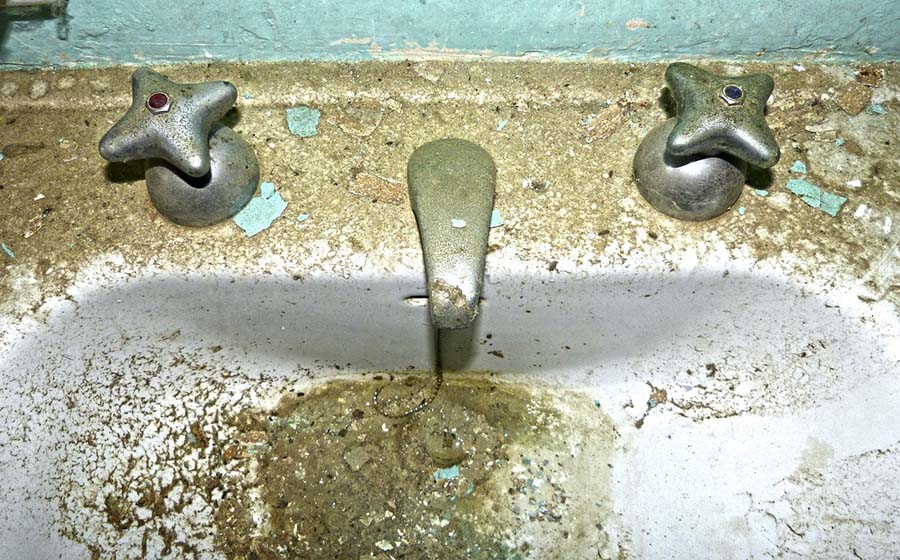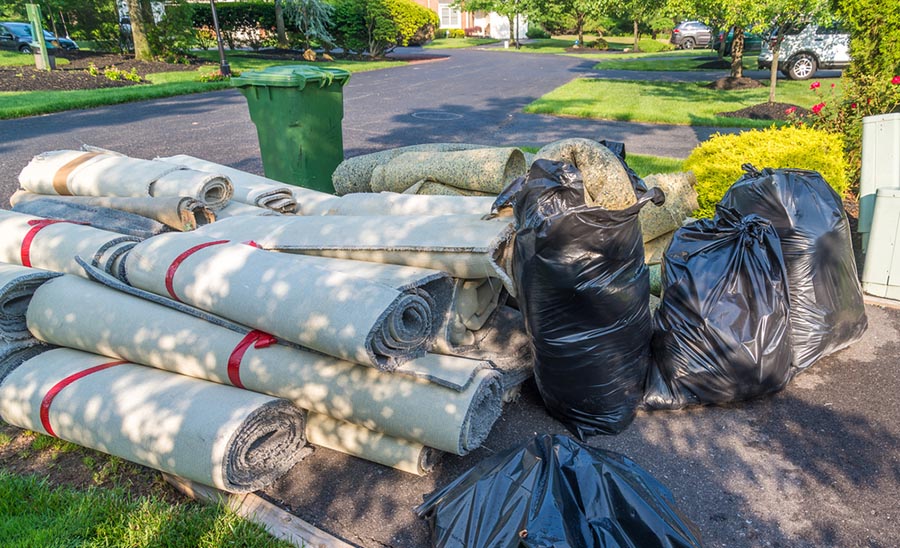What is a sewer backup?
A sewer backup occurs when wastewater moves the wrong direction through the sewer system—when dirty, disgusting water comes up through your drains, sinks, and toilets, rather than flowing down them.
All the dirty water from your plumbing fixtures has to go somewhere. Depending on where you live, your house might connect to a city sewer system or to a private septic system.
“Sewer systems connect entire communities and carry the wastewater to a treatment facility where it is treated and returned to the environment,” says wastewater expert Jeanie Lentz, of Lentz Wastewater Management Inc.
“Septic systems are, in some ways, a private mini sewer system, where effluent enters a septic tank, solids are separated from liquids, and wastewater is treated. Water leaves the tank and travels to the drain field area where it is slowly released into the soil and bacteria and viruses are removed.”
Both types of systems are susceptible to sewer backups.
What causes sewer backups?
There are several things that can cause a sewer backup, but we can separate them into two basic categories: either something is preventing the sewage from flowing, or there’s simply too much wastewater for the system to handle.
The first category can affect any home, whether it’s connected to a city sewer system or a private one. Your sewer system includes pipes that carry wastewater from the house to its destination—either the sewer main under the street or your septic tank.
If something blocks that pipe or otherwise prevents wastewater from flowing, eventually that wastewater will back up into the drains inside your home. Old homes are particularly susceptible to damaged sewer pipes, but there are many things that can cause a blockage.
“Sewer backups can be triggered by flushing items that should not be flushed—fats, oils, grease, wipes, etc.,” says Lentz. “They also can be caused by plumbing issues inside or under the house, improper seals in pipes, roots infiltrating pipes in your yard, traffic over sewer pipes or the deterioration of older pipes. If you have a septic system rather than sewer, the same issues can result in septic backups.”
Heavy rains can also cause sewer backups, particularly for homes connected to municipal sewer systems.
Most cities have wastewater systems that keep rainwater in one set of pipes and sewage in another set. Some cities have what’s known as a combined sewer system, which carries rain and sewage together.
When heavy rain falls, the sewer system can get so full of rainwater that it forces water (and sewage) up through the home systems to which it is connected. The result is a sewer backup in those homes.
Most of the time, wastewater systems need only the power of gravity to operate. But, some homes also have affluent pumps, which pump wastewater where it needs to go.
“If the pump malfunctions, this can also result in a backup,” says Lentz. “An alarm should sound if this is the source of your problem. If you hear the alarm, you’ll need to contact your local wastewater professional, and they may need to involve a plumber as well. If you don’t hear an alarm, check to see if the red light is on. This would indicate that you do have a problem with your pump, even though your audible alarm did not activate.”
Now that we’ve seen some of the causes of sewer backups, let’s turn to prevention.
How to prevent a sewer backup
Naturally, you want to prevent disgusting sewer backups from ever happening to your home. Fortunately for homeowners, preventing sewer backups isn’t complicated.
To start with, it can be as easy as installing a backwater valve, also known as a sewer backup valve or a backflow prevention device. This is installed between your house and the city sewer main. A backwater valve lets the wastewater flow in only one direction: away from your house. They’ll stop sewer backups caused by anything downstream of the valve.
Related articles
However, if you’ve got pipe blockages on your property, the backwater valve might not help you. You need to be proactive and keep your wastewater system clear.
The most common sources of blockage in a home sewer system are:
- Deposits of fat or oil
- Plant roots intruding into buried pipes
- Unflushable products
- Pipes that are sagging or have collapsed completely
Of course, you can’t actually see what might be blocking your wastewater pipes, as any blockages would be buried under your basement floor or your lawn.
But, you can always hire a plumber to scope out your sewage pipes with a special camera. You should have a professional do this every couple of years, or as soon as you notice any issues with your wastewater drainage.
What to do during a sewer backup

Sewer backups are gross—a mixture of water, human waste, mineral salts and garbage spilling into your home is the last thing you want to see.
The organic matter in raw sewage emits odorous gases and contains harmful pathogens. If your sewer backs up into the basement—or elsewhere—it needs to be cleaned up immediately.
Here are the steps you should take if you find your sewer backing up:
1. Diagnose and clear blockages
Once you realize that there is a water backup, check all of your sinks, toilets and wastewater pipes to locate any blockages. Try not to use your sinks or toilets until the blockage is cleared.
“Determine if the issue is isolated to one drain or toilet, or if it’s impacting all the drains and toilets in your home,” says Lentz. “If you are experiencing problems with only one drain, you likely have a plumbing issue. You may be able to resolve the problem yourself with a plunger or other device. If you can’t resolve it, contact a plumber.
“If you’re having problems with more than one drain or toilet, the issue is likely a sewer line leaving your home or the city’s mainline.”
If you can’t find a small blockage that you can easily clear, you’ve potentially got a larger issue on your hands. What do you try next?
“Determine if the issue happens only when you’re running water or if it occurs independently of running water,” says Lentz.
“If you experience a backup as you are running water or flushing toilets, that signals that the issue is due to the plumbing inside your house or the pipes leading to the sewer. Contact a qualified plumber or wastewater professional immediately.
“If the backup occurs when you’re not running water, the problem is likely triggered by the city’s lines. Contact your city immediately.”
2. Take some safety precautions
If you’ve got a widespread backup occurring, there are a few things you can do to make things safer while you await professional help.
First: electricity and water are a dangerous combination.
Don’t enter your basement when there is standing water present; wait until the power is shut off. If you need to enter the basement in order to shut off the power (as is commonly the case), take precautions first:
- Wear rubber boots, safety glasses and a face mask.
- Be sure you aren’t coming into contact with anything metallic that could conduct electricity.
- Wear rubber gloves or use a wooden stick to shut off the electricity.
Open some windows in the flooded area to allow fresh air into the rooms and fumes to escape. You can also add a bit of bleach to any standing water to provide some disinfection.
Be sure to keep children and pets away from the affected area.
3. Document what happened
Document the damage by taking photos with your cellphone or camera.
“Be sure you also check with your insurance company,” says Lentz. “They often cover problems caused by sewer backups.”
If your home insurance policy does include coverage for water backups, you want to be able to illustrate the issue and the resulting damage. As soon as you’ve got a handle on the situation, get in touch with your insurance provider. They’ll help guide you through the process of remediating the damage.




